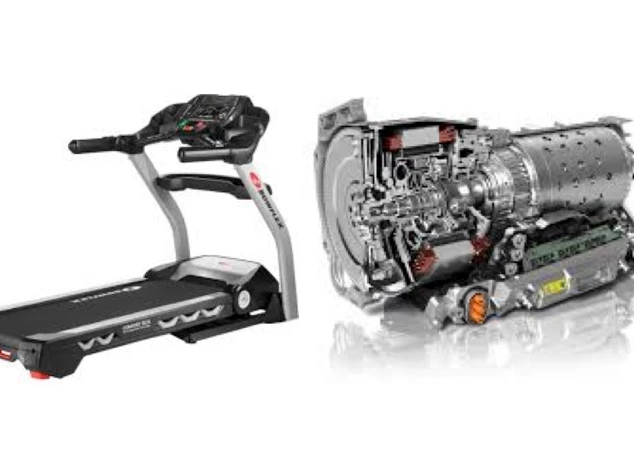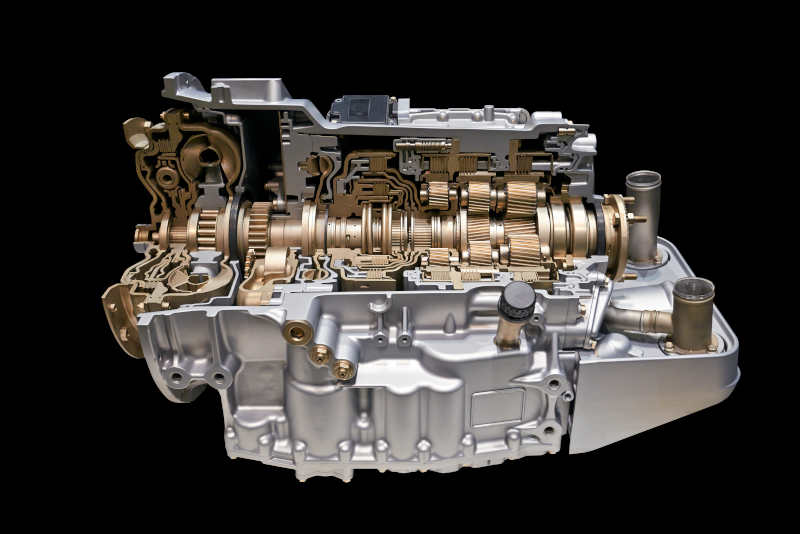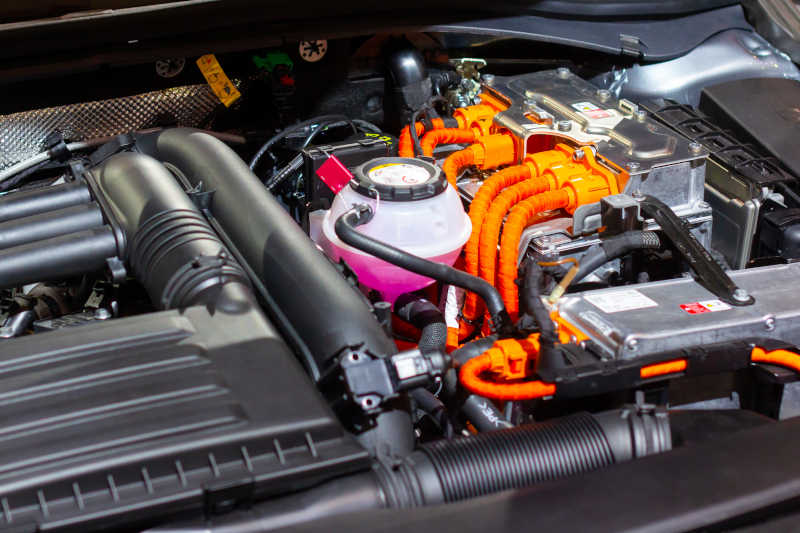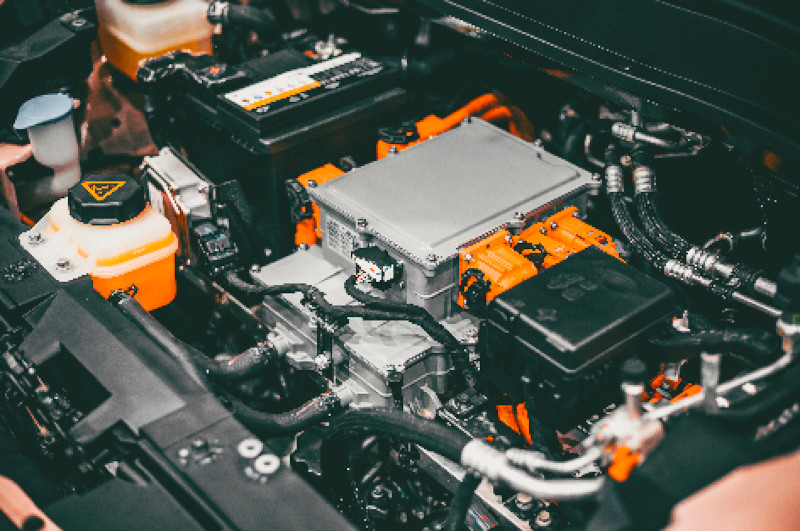Transmissions keep a vehicle running and treadmills keep humans running. But what else do they have in common? They are both heavy, complex and cumbersome pieces of machinery. Unfortunately, many companies and manufacturers don’t implement shipping and packaging processes that reflect these complexities. Despite their weight and size, both are delicate. They can be easily damaged during transport if they aren’t secured or packaged properly — which is why companies should take a second look at their packaging.
Shipping transmissions and treadmills is expensive because of their weight. And while the “L” shape of a treadmill is well-designed for bipedal creatures like ourselves, it can complicate the supply chain. Similarly transmissions come in all shapes and sizes. In both cases, their discordant shapes present challenges when optimizing for space and cubing out. This can be addressed through effective packaging design, but most of the time, we see our new clients using ineffective packaging. This is not only an ineffective and costly misuse of truck space, but companies who ship this way face astronomical repair costs, warehousing expenses and lost revenue. Instances of damage is quite high. It is important that treadmills and transmission can safely stack on top of one another during transport.
Many companies also fail to consider unloading and loading best practices. With the right packaging solution, the features and tools needed for unloading and offloading can be incorporated into the packaging design itself. They also fail to consider the movement of export and inbound parts within the supply chain. An ideal packaging solution should unify all belts, gears and components into one streamlined process. This is key to having a cost-effective supply chain.
While there isn’t one single packaging solution for every treadmill or transmission, customized packaging that accommodates their unique shapes as well as a company’s supply chain loop will improve every aspect of a business and their bottom line. We’ve said it before and we’ll say it again: packaging design is the last thing companies consider but it should be the first.
We have extensive experience designing packaging that meets our clients’ unique products and transforms their supply chain. If you would like to learn more about how we can help your complex supply chain, please don’t hesitate to contact us!





